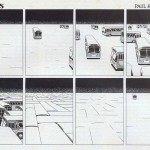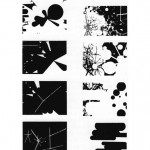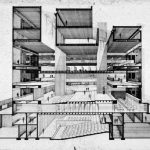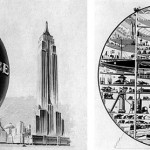In the multiple explorations of form and composition by German-Swiss artist Paul Klee, a special place is occupied by works where the line is the main protagonist. In a famous quote, the artist describes the line as “a dot that went for a walk” underlining the dynamic nature of the line as the means to conduct the human eye across the space of a painting or a drawing. In the second volume of the collection of his Bauhaus lessons Infinite natural history (Band 2: Unendliche Naturgeschichte, first published in 1946) Klee addresses the analogy of pictorial form with natural processes, introducing how lines in a composition are submitted to specific logic of growth and progression. He further compares the organisational systems of plants to the linear organisations in a drawing.
Some of the linear works by Klee evoke imaginary cities or landscapes and float in between abstraction and figuration with the urban monuments, the skylines, the streets or the territorial elements reduced to patterns or serial geometries. The repetitions are never mechanical and imply continuous variations in the evolution of the lines, like natural elements perennially in motion, connecting among each other, addressing tensions and converging into specific points.












Leave a Reply